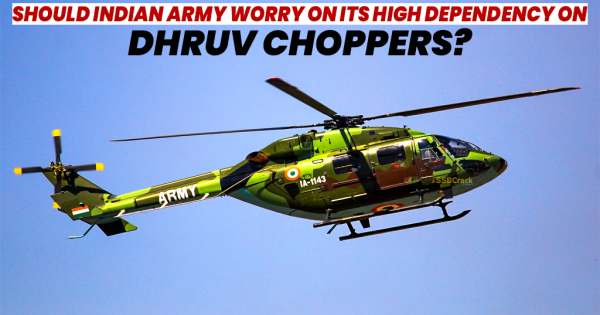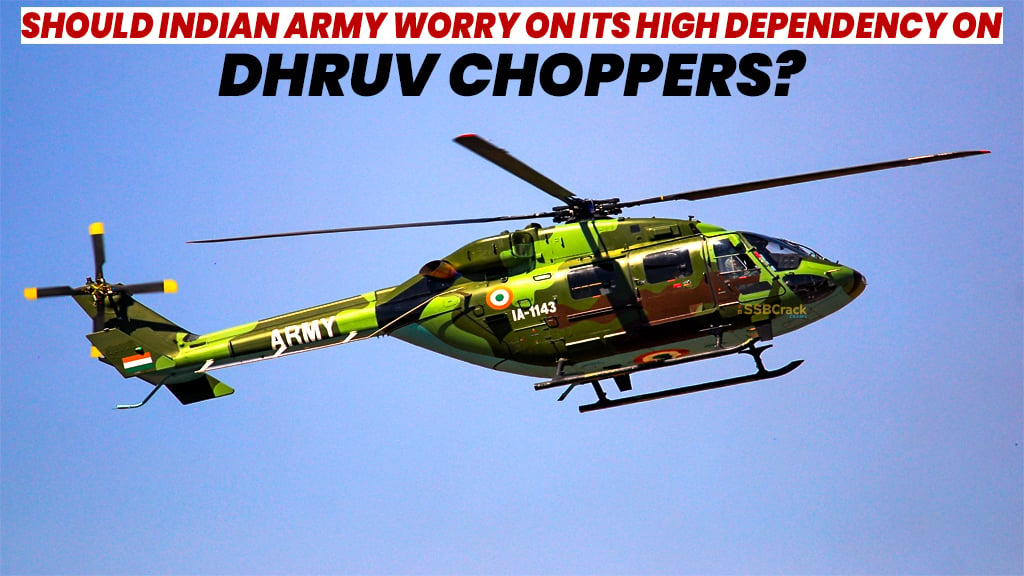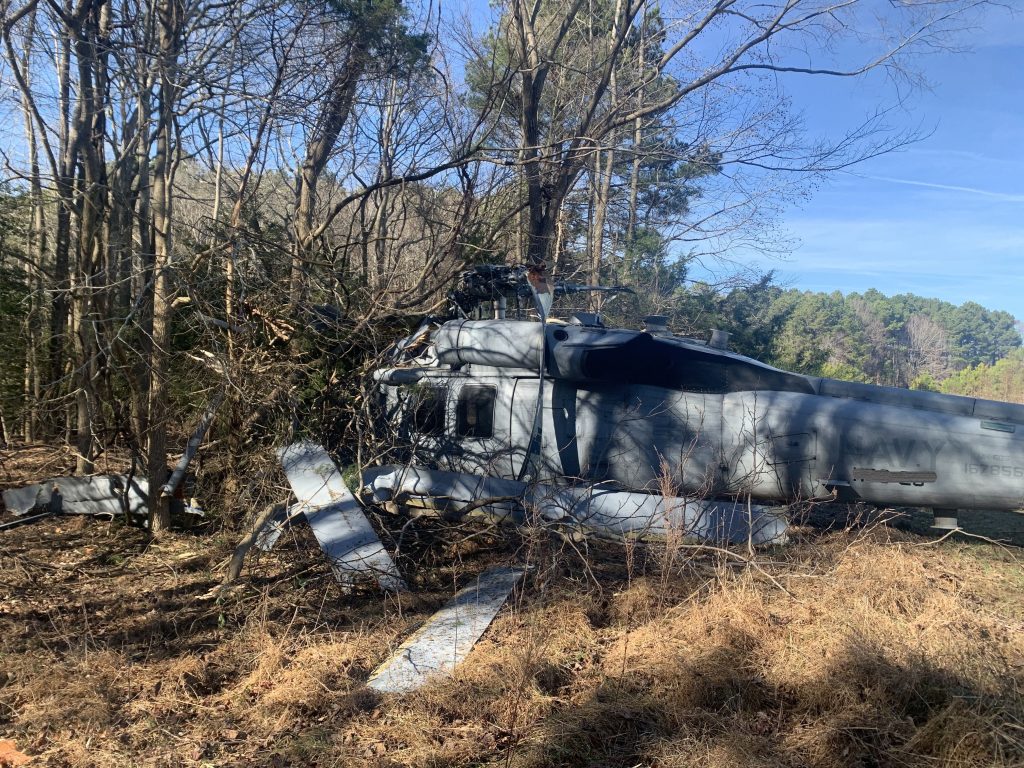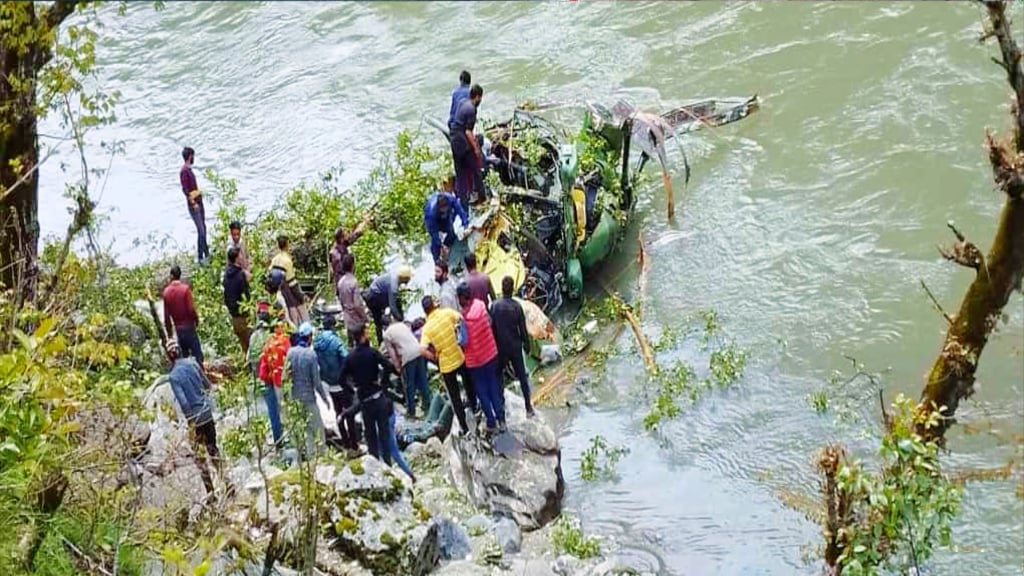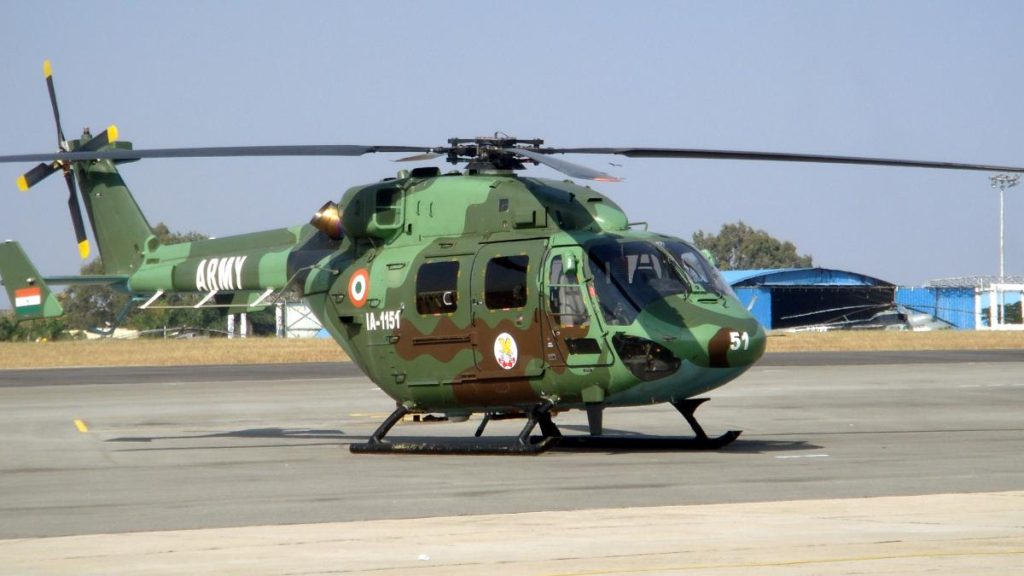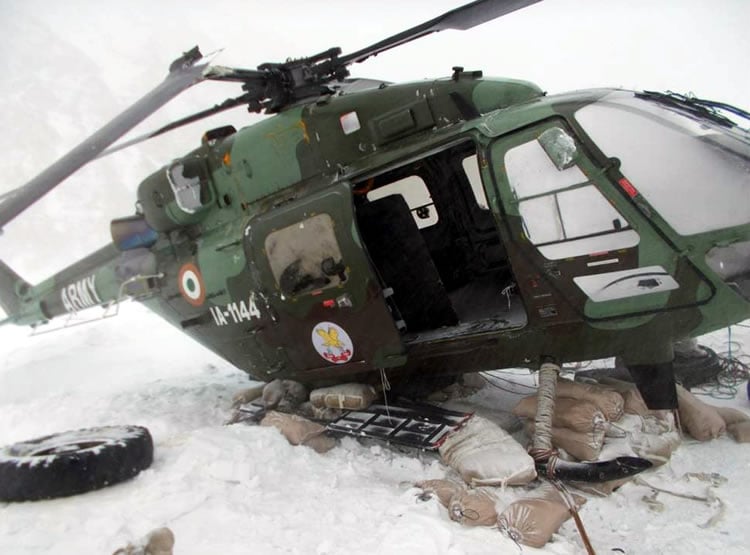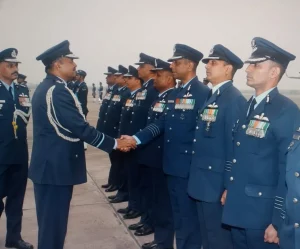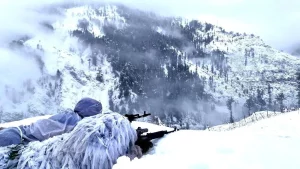Recently we heard the news that an Advanced Light Helicopter (ALH) DHRUV crashed on the banks of the Marua River in Jammu and Kashmir’s Kishtwar on Thursday, killing one and injuring two pilots. A mechanical failure forced the chopper, which was on an active mission, to make a precautionary landing. The recent string of ‘hard landings’ involving the DHRUV Helicopter is causing great anxiety for the Indian Army, which relies largely on the helicopter for day-to-day operations.
The rough landing in Kashmir was the third in the last two months. The other two hard landings were carried out by an ALH of the Indian Navy and the coast guard. In the most recent incident, an Indian Army technician was killed and two pilots were injured as the DHRUV helicopter made a hard landing on the banks of the Marua River. In this article we shall discuss hard landings and why Indian Army should worry about such incidents with its very own ALH Dhruv Helicopters.
Hard-Landings
A hard landing happens when a helicopter lands with greater vertical speed and force than a conventional landing. Weather circumstances, mechanical problems, overweight aircraft, and pilot actions can all contribute to them. In contrast to an uncontrolled descent into terrain (a crash), a hard landing usually implies that the pilot retains total or partial control of the aircraft.
Recent Incident with Dhruv Helicopters
The first incident occurred on March 8, when an Indian Navy DHRUV made an emergency landing in the Arabian Sea due to a sudden loss of power and height. The second incident occurred on March 26 when an Indian Coast Guard DHRUV MK-3 helicopter was involved in a forced landing in Kochi. Following the mishaps, all three agencies, as well as the coast guard, grounded their entire fleets of indigenous sophisticated light helicopters for safety assessments. While the Army, Air Force, and Coast Guard resumed flying operations following thorough inspections, the Navy is still performing safety checks before restarting Advance Light Helicopter operations.
Also read: All About Local To Global HAL’s Advanced Light Helicopters (ALH)
Reason Behind Hard Landings of Dhruv
According to sources, the fault that led to the recent mishaps included the installation of the control rods, and inspections indicated that some helicopters’ fitment rods were not up to standard. With the Indian Army trying to cover all of its faults in its armaments and equipment, such cases shall occur till the whole house is repaired.
Indian Army’s High Dependency on Dhruv
Despite the DHRUV mishaps, the Army’s resumption of flying operations is owing to the DHRUV’s high dependence. The Indian Army mostly operates the DHRUVs, with 145 helicopters, including 75 weaponized versions of the helicopter known as the DHRUV MK-IV Rudra, followed by the Indian Airforce, which operates 75, the Indian Navy, which operates 18, and the Coast Guard, which operates 20 DHRUV MK-3 and MK-4.
To crack the SSB Interview and join the Indian Army as an Officer, You can join our SSB interview live classes batch and we recommend you to Enroll SSB INTERVIEW ONLINE COURSE. Trusted by thousands of defence aspirants.
Also read:
- Why Indian Army Is Still Using Cheetah Helicopters Despite Various Accidents?
- Indian Army Cheetah Helicopter Crashes In Arunachal Pradesh
- Top 5 Most Dangerous Attack Helicopters In The World
- How To Join The IAF Sarang Helicopter Aerobatics Team?
- Difference Between IAF’s Cheetah & Cheetal Helicopters?
- List Of Helicopters Used By the Indian Navy
- List Of Helicopters Used By Indian Air Force
- All About Indian Air Force AH-64E Apache Attack Helicopter [Fully Explained]
- Difference Between Apache AH-64 Attack Helicopter VS Mi-35 Attack Helicopter
